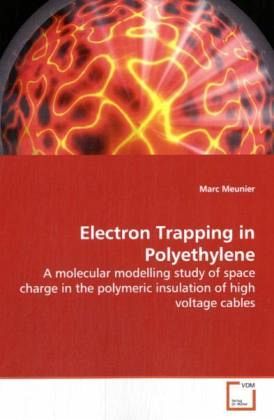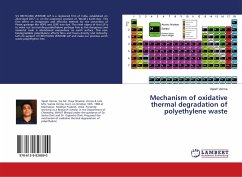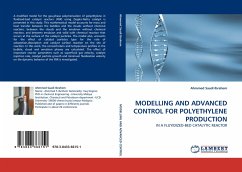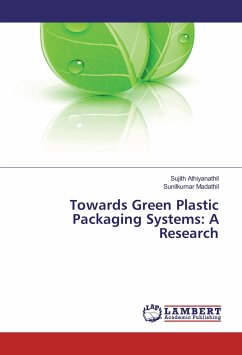
Electron Trapping in Polyethylene
A molecular modelling study of space charge in the polymeric insulation of high voltage cables
Versandkostenfrei!
Versandfertig in 6-10 Tagen
52,99 €
inkl. MwSt.

PAYBACK Punkte
26 °P sammeln!
The presence of space charge in the polymericinsulation of high voltage cables is correlated withelectric breakdown. A direct link between molecularproperties, space charge formation and eventualbreakdown has still to be established.A new schemethat constitutes a first step in linking microscopicdefects to the formation of space charge issuggested. The goal is to understand the role ofdefects at the molecular level in electron trappingand the formation of space charge in polyethylene.The analysis suggests that by defining the defectenergy in terms of the molecular electron affinity, arelations...
The presence of space charge in the polymeric
insulation of high voltage cables is correlated with
electric breakdown. A direct link between molecular
properties, space charge formation and eventual
breakdown has still to be established.A new scheme
that constitutes a first step in linking microscopic
defects to the formation of space charge is
suggested. The goal is to understand the role of
defects at the molecular level in electron trapping
and the formation of space charge in polyethylene.
The analysis suggests that by defining the defect
energy in terms of the molecular electron affinity, a
relationship is established between the electron trap
and the molecular properties of the material.
Conformational defects in these waxy materials are
predicted to produce shallow traps with energies
below 0.3 eV, their density is estimated, and the
residence time of electrons is such traps is of the
order of a few picoseconds.
insulation of high voltage cables is correlated with
electric breakdown. A direct link between molecular
properties, space charge formation and eventual
breakdown has still to be established.A new scheme
that constitutes a first step in linking microscopic
defects to the formation of space charge is
suggested. The goal is to understand the role of
defects at the molecular level in electron trapping
and the formation of space charge in polyethylene.
The analysis suggests that by defining the defect
energy in terms of the molecular electron affinity, a
relationship is established between the electron trap
and the molecular properties of the material.
Conformational defects in these waxy materials are
predicted to produce shallow traps with energies
below 0.3 eV, their density is estimated, and the
residence time of electrons is such traps is of the
order of a few picoseconds.












